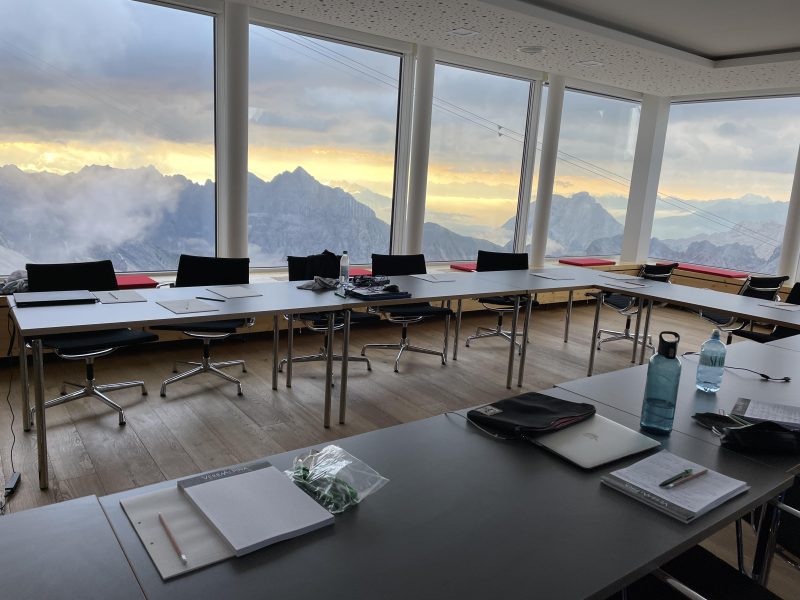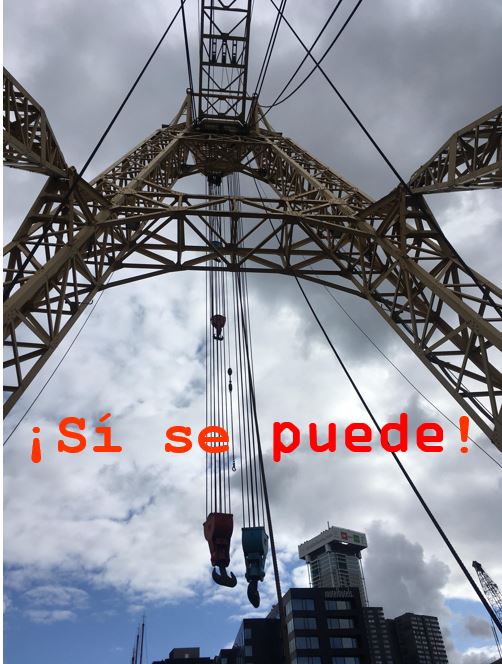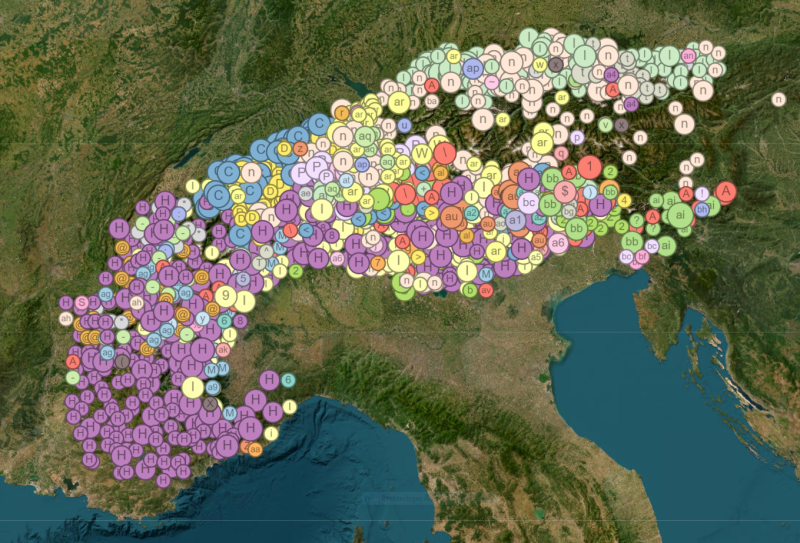I’m beginning to see the light: Die Perspektive einer virtuellen romanischen Geolinguistik
1. Geolinguistik Geolinguistik, um die es geht, thematisiert Sprache in ihrer Verflechtung mit dem Raum. Diese Verflechtung ist eng, d.h. durchaus substantiell, und vielfältig: Sprachen prägen Räume insofern bestimmte Sprachen in bestimmten Räumen für bestimmte Zwecke vorgegeben sein können, wie es in staatlichen Territorien der Fall ist. In meist kleineren Arealen, d.h. in nicht staatlich […]
Weiterlesen →

